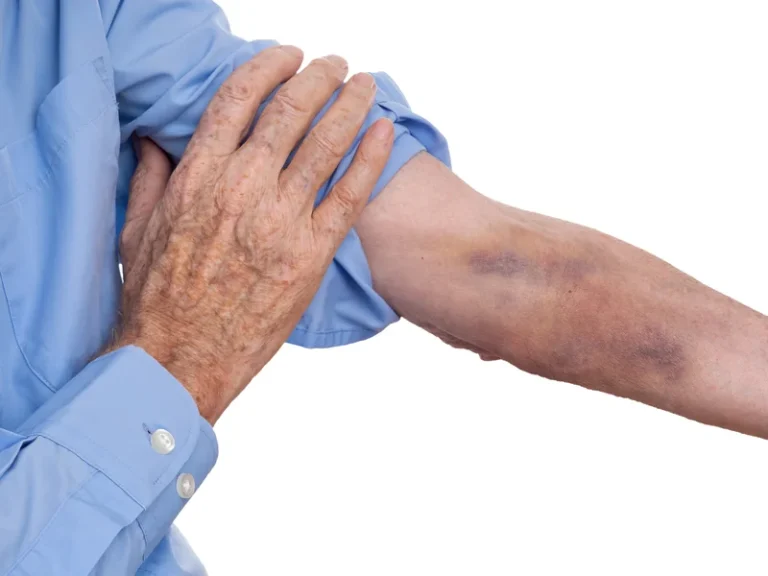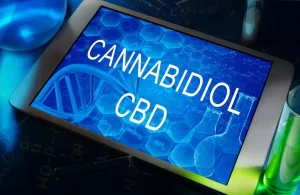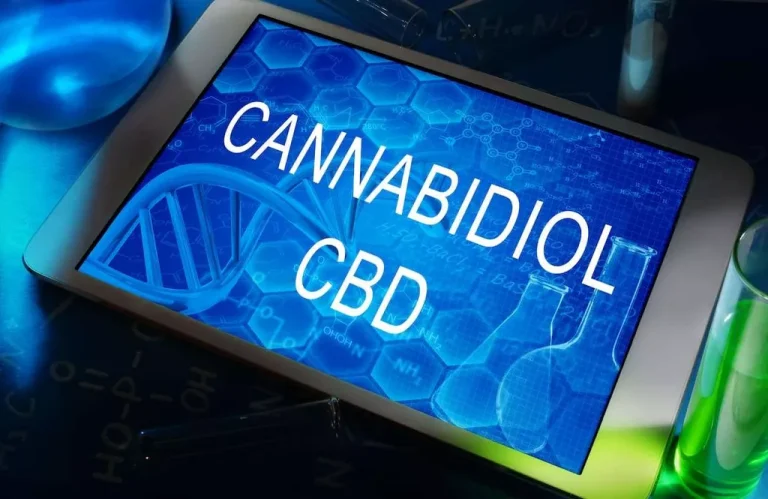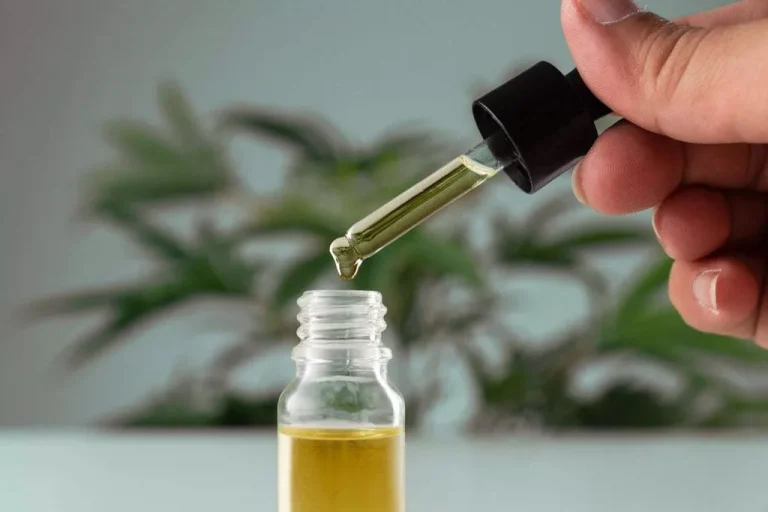Group therapy is any therapeutic work that happens in a group (not one-on-one). There are a number of different group therapy modalities, including support groups, experiential therapy, psycho-education, and more. Military members, veterans, and eligible dependents have access to specific insurance programs that help them get the care they need. TRICARE and VA insurance can help you access low cost or no cost addiction and mental health treatment. Programs that accept military insurance often have targeted treatment focused on the unique challenges military members, veterans, and their families face. When men and women are struggling with a substance abuse problem, they may not realize how deeply the addiction has impacted their lives.
Admissions Process at Greenleaf
Signed into law through the Social Security Act in 1965, Medicaid is a United States government program that offers health insurance to those with limited income. One of the largest health insurance companies in the US, offering several health insurance options to individuals and businesses. Please call our admissions team for more information on insurance coverage.
Greenleaf Behavioral Health Hospital is the premier treatment program in southern Georgia for men, women, and children who are suffering from depression, bipolar disorder, and other mental or behavioral health concerns. These symptoms can indicate a mental health crisis and/or an underlying condition like depression, bipolar disorder, or schizophrenia. Our adult inpatient program is designed to address urgent symptoms and prepare patients for further care. The length of stay can range from five to 12 days, depending on the individual’s needs and the severity of their symptoms. The basis of our outpatient programs are to provide group therapy to adults.
Medication-Based Treatments
A knowledgeable member of our team can answer any financial questions you might have, and they can also reach out directly to your insurance carrier to verify and maximize your benefits. This service is free and puts you under no obligation to choose our programming. We list any treatment center that meets our rehab criteria, giving you the best list of options possible when looking for treatment. We do not receive any commission or fee that is dependent upon which treatment provider a caller chooses. Anthony brings a wealth of global experience to his role as Managing Editor of Highways.Today. His international experience equips him with a unique perspective on the challenges and opportunities within the highways industry.
Symptoms of depression may include fatigue, a sense of numbness, and loss of interest in activities. They were under-staffed most of my stay, but I’m still giving them 5 stars because the nurses, attendants, therapists, etc. were very nice.
To inspire hope and contribute to the positive health and well-being of our guests by providing the best levels of care. Kekava ABT AS is a special purpose vehicle established solely for the purpose of implementing this project, and set up under Latvian law by the shareholders, TIIC 2 S.C.A., SICAR (80%), A.C.B. AS (10%) and Binders CBF SIA (10%). Since 2017, the EIB has provided nearly €485 million in financing to Latvian projects. Further details about how we collect and use your personal data on the Knowledge Portal, including information on your rights, are set out in our Global Privacy Notice and Cookie Review Victory Programs Notice.
Continuing Care and Levels of Treatment
Treatment for children incorporates the psychiatric care they need and education, often led by on-site teachers to keep children on track with school. Cigna’s unique history traces back to 1792, but today they offer services to 190 million customers in 30 different countries across the globe. The cost listed here (Call for rates) is an estimate of the cash pay price. Recovery.com strives for price transparency so you can make an informed decision.
These confidential, free assessments are done 24/7, with admissions counselors always available to assist prospective clients and their loved ones. This hospital was a warm and caring place to get better, I was there for a week, for mental health, the place was clean and friendly. The food was great, I have allergies and they made sure I had food I could eat three meals a day and a sandwich and chips for our snack to take meds with.
At Greenleaf Behavioral Health Hospital, we are available 24/7 to adolescents and adults who are in need. If you or someone you love is struggling and needs help to overcome a behavioral condition, a mental illness, and/or a substance abuse problem, please do not hesitate to contact us. This assessment will be given by one of our admissions counselors at absolutely no cost to you or your loved ones.
- About 11.5 km of this new stretch of road will be dual carriageway (2×2 lanes), with the rest being a two-lane road.
- PTSD is a long-term mental health issue caused by a disturbing event or events.
- The Joint Commission, formerly known as JCAHO, is a nonprofit organization that accredits rehab organizations and programs.
- Clients with depression, anxiety, grief, and dementia-related concerns receive round-the-clock medical care, individual and group therapy, and personalized care plans in a nurturing setting.
- At Greenleaf Behavioral Health Hospital, we are available 24/7 to adolescents and adults who are in need.
- Based on the results of this assessment, we’ll recommend one of our inpatient or outpatient programs.
To use Medicare for addiction treatment you need to find a program that accepts Medicare and is in network with your plan. Out of pocket costs and preauthorization requirements vary, so always check with your provider. Greenleaf Behavioral Health Hospital is a comprehensive and multilevel rehab in Valdosta, Georgia. It’s actually a mental health and behavioral health hospital, too, in addition to being a rehab. That makes it especially helpful for people who have a dual diagnosis, which means they have both addiction and another mental health diagnosis. Once the assessment is complete, one of our physicians will review it in order to determine the level of care that will most appropriately meet your needs.
If you or your loved one is suffering from a substance abuse disorder involving drugs and/or alcohol, Greenleaf has a program to help you understand and treat your addiction. When clients enroll in an outpatient program, they receive a highly customized aftercare plan to promote long-term success. Greenleaf begins the discharge planning process on the first day of programming to arrange continuing care, living arrangements, and even transportation.
Cultivating Tomorrow’s Transport Pioneers at ITS World Congress 2025
If you meet the criteria for inpatient care, you will begin the process of entering treatment immediately. In an IOP, patients live at home or a sober living, but attend treatment typically 9-15 hours a week. Teens receive the treatment they need for mental health disorders and addiction, with the added support of educational and vocational services.
We work hard to help our clients identify the underlying causes that may have led to the development of their addictions, and help them learn the skills needed to successfully lead a life of sobriety. Additionally, at Greenleaf, we hold both Alcoholic Anonymous (A.A.) and Narcotics Anonymous (N.A.) groups that our clients are encouraged to participate in. The devoted team of professionals at Greenleaf are dedicated to getting the lives of adults and adolescents back on track by providing truly individualized treatment. We provide top-of-the-line, compassionate, and skills-based treatment to meet the needs of everyone who stays with us.
Located in Valdosta, GA, Greenleaf provides the tools needed for lasting recovery through all levels of care including PHP services. As the best drug addiction rehab center in Valdosta, we recognize how difficult it can be to not only acknowledge that one has a problem with substance abuse, but also to take the first step in seeking treatment. Our hospital is dedicated to providing the highest quality of care for individuals who are struggling with a number of different disorders and concerns, including that of substance abuse.
Learn more about Greenleaf
Programming takes place five days a week, five hours each day, over the course of four to six weeks. We offer distinct groups for mental health and substance use, covering topics like depression, anxiety, and relapse prevention. Person-centered care and evidence-based practices, including cognitive behavioral therapy (CBT) and motivational interviewing (MI), are key elements of our PHP. Additionally, patients can meet one-on-one with a therapist to talk about individual concerns outside of the group setting. Greenleaf Behavioral Health offers leading partial hospitalization treatment programs for adults, teens, and adolescents struggling with substance abuse and mental health issues.
- Patient and therapist meet 1-on-1 to work through difficult emotions and behavioral challenges in a personal, private setting.
- In a PHP, patients live at home but follow an intensive schedule of treatment.
- That makes it especially helpful for people who have a dual diagnosis, which means they have both addiction and another mental health diagnosis.
- Sharing your insights and experiences can help others learn more about this rehab center.
- Greenleaf employs licensed clinical staff who provide group-oriented therapy to help clients learn how to process their emotions, develop coping mechanisms, and challenge negative thought patterns.
Our staff will also support you during every step of your healing journey and encourage you to continue making positive progress along the way. Whether a marriage or other committed relationship, an intimate partnership is one of the most important aspects of a person’s life. Drug and alcohol addiction affects both members of a couple in deep and meaningful ways, as does rehab and recovery. Couples therapy and other couples-focused treatment programs are significant parts of exploring triggers of addiction, as well as learning how to build healthy patterns to support ongoing sobriety.













